How To Hit An Iron Shot: Essential Techniques For Consistent Results
Learning how to hit an iron shot effectively is a fundamental milestone on your journey to playing great golf, and these expert tips will help you on your way

Katie Dawkins
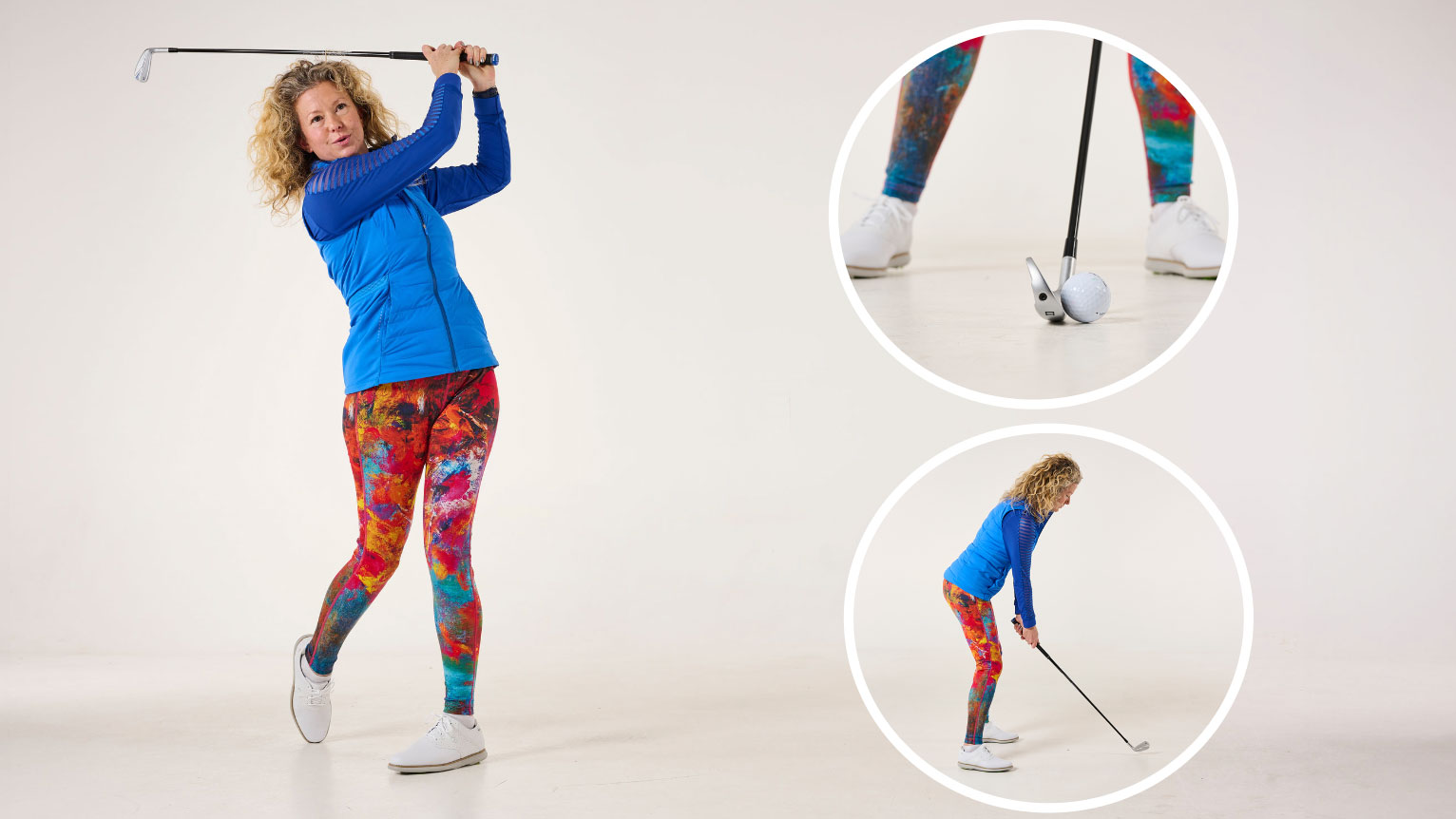
The key to understanding how to hit an iron shot is appreciating there are a number of fundamental factors that you must get right. Each of these can be refined and improved individually, using expert tips and the best training aids, but bringing it all together is key.
One of the first things you need to learn about the strike with an iron is that you actually have to hit down to get the ball to go up. This may seem counter-intuitive, but it's how the best ball strikers in the world hit their irons.
Adding loft unnecessarily, flicking with your hands and not checking you have the perfect golf grip will only lead to more problems, even if you are using the best golf irons.
In this article, PGA professional Katie Dawkins demonstrates how to hit a mid-iron, and shows how a few simple drills can help you to compress the ball and improving your ball striking.
HOW TO HIT IRON SHOTS
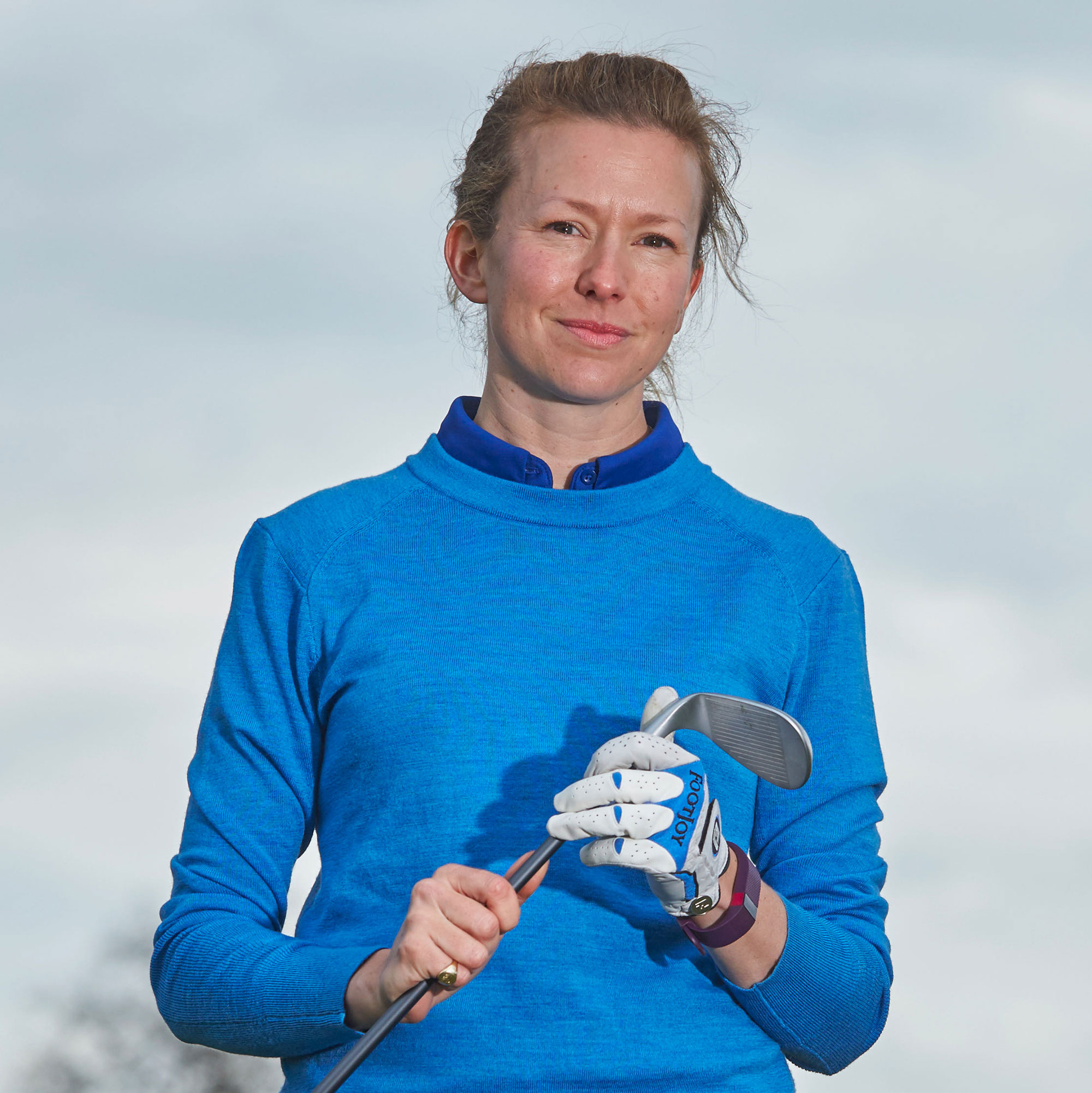
Katie is an Advanced PGA professional with over 20 years of coaching experience. She helps golfers of every age and ability to be the best versions of themselves. Katie coaches the individual and uses her vast experience in technique, psychology and golf fitness to fix problems in a logical manner that is effective.
SET-UP
I like to remind my students of how it is we move as human beings. There's no club involved with this drill, but it involves some great golf tips for beginners. Get yourself in an athletic position and move back and through as I have below.
All too often we get bogged down with the technical aspects of the golf swing, and think about where we need to be at certain points. These 'checkpoints' can sometimes get in the way.
So, in a way, we're stripping it back to the basics here, and getting used to the feeling of how the body should move with an iron swing.
Subscribe to the Golf Monthly newsletter to stay up to date with all the latest tour news, equipment news, reviews, head-to-heads and buyer’s guides from our team of experienced experts.
I love doing this on the range and during the round, when you can't just pull out a training aid - it ticks so many boxes, such as loading and releasing. It can be effective in helping golfers to get back on plane, too.
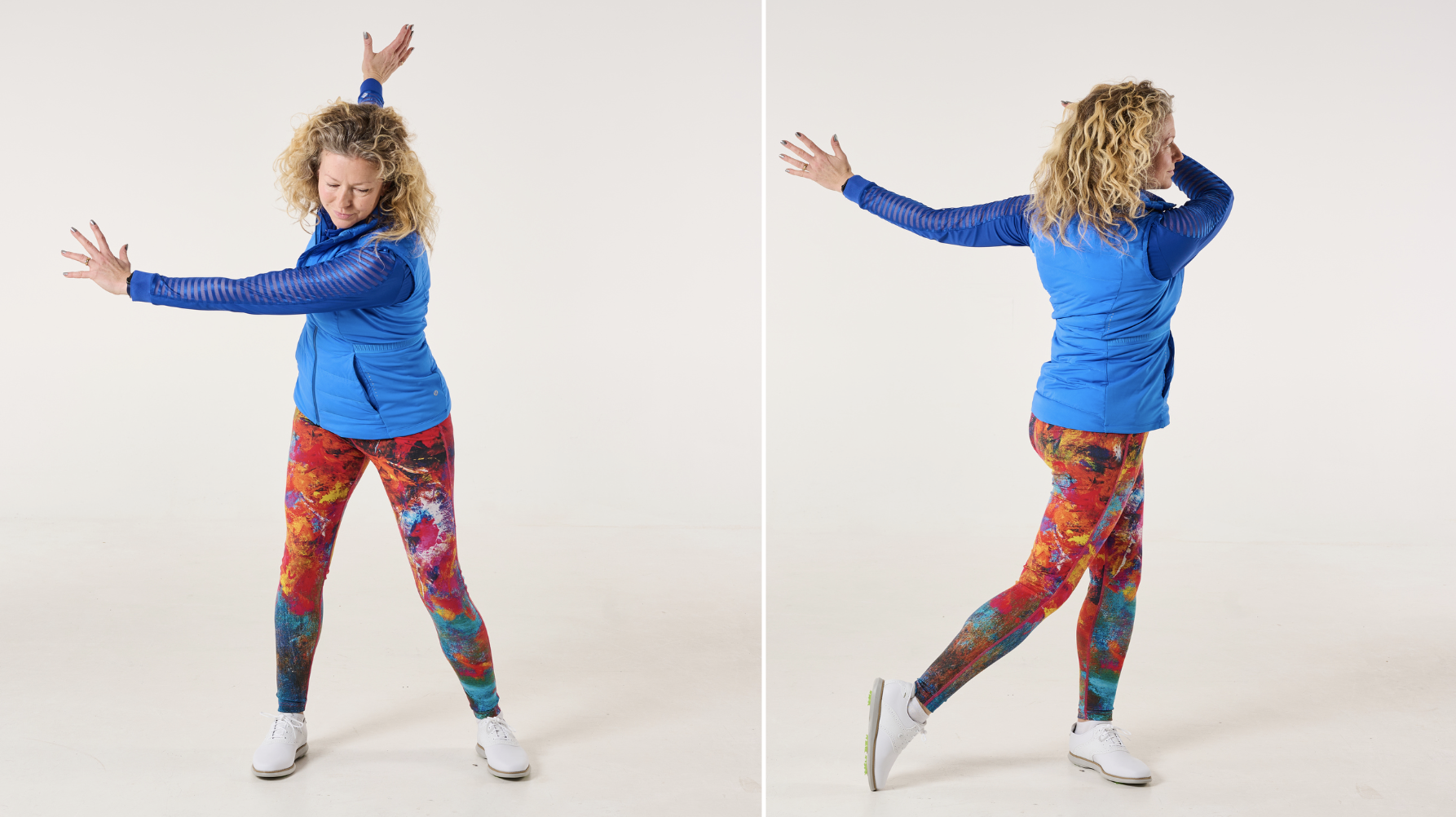
Swinging without a club like this is an effective iron play drill
This training aid, the Orange Whip Golf Trainer, takes the drill a step further. The extra weight will get you feeling really energised; it accentuates the follow through and reminds you that the golf swing is exactly that: a 'swing' not a 'hit'.
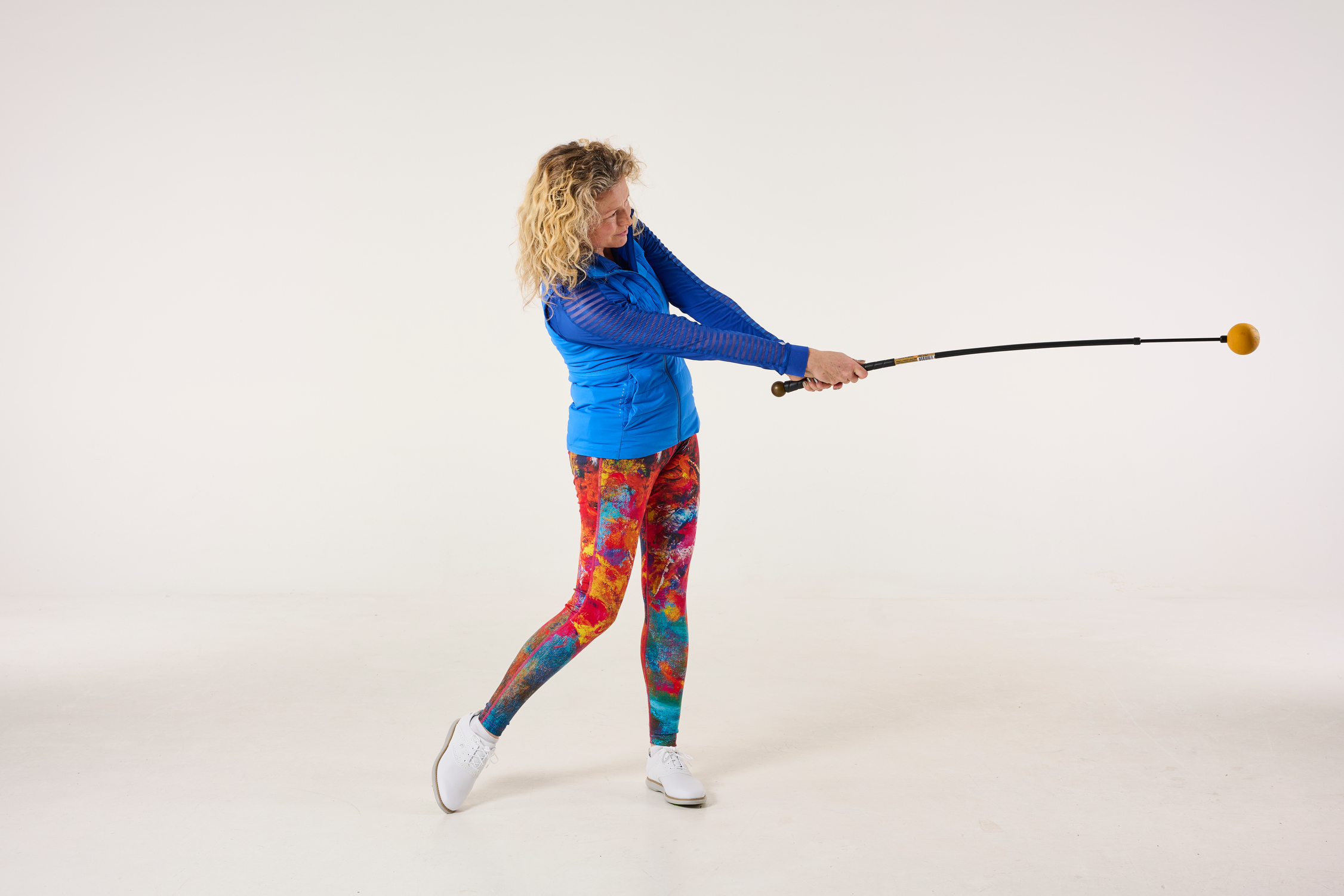
The Orange Whip Golf Trainer is one of my favorite golf training aids
In terms of the perfect set-up for an iron, the ball position should be just forward of center and the feet shoulder width apart. I think of the stance being similar to the one you'd adopt if you were about to return a serve in tennis - you're ready!
You can see in the picture below that my arms are just hanging down nicely under my chin. They don't want to be rigid, as this would initiate tension and can lead to a really 'snatchy' rhythm.
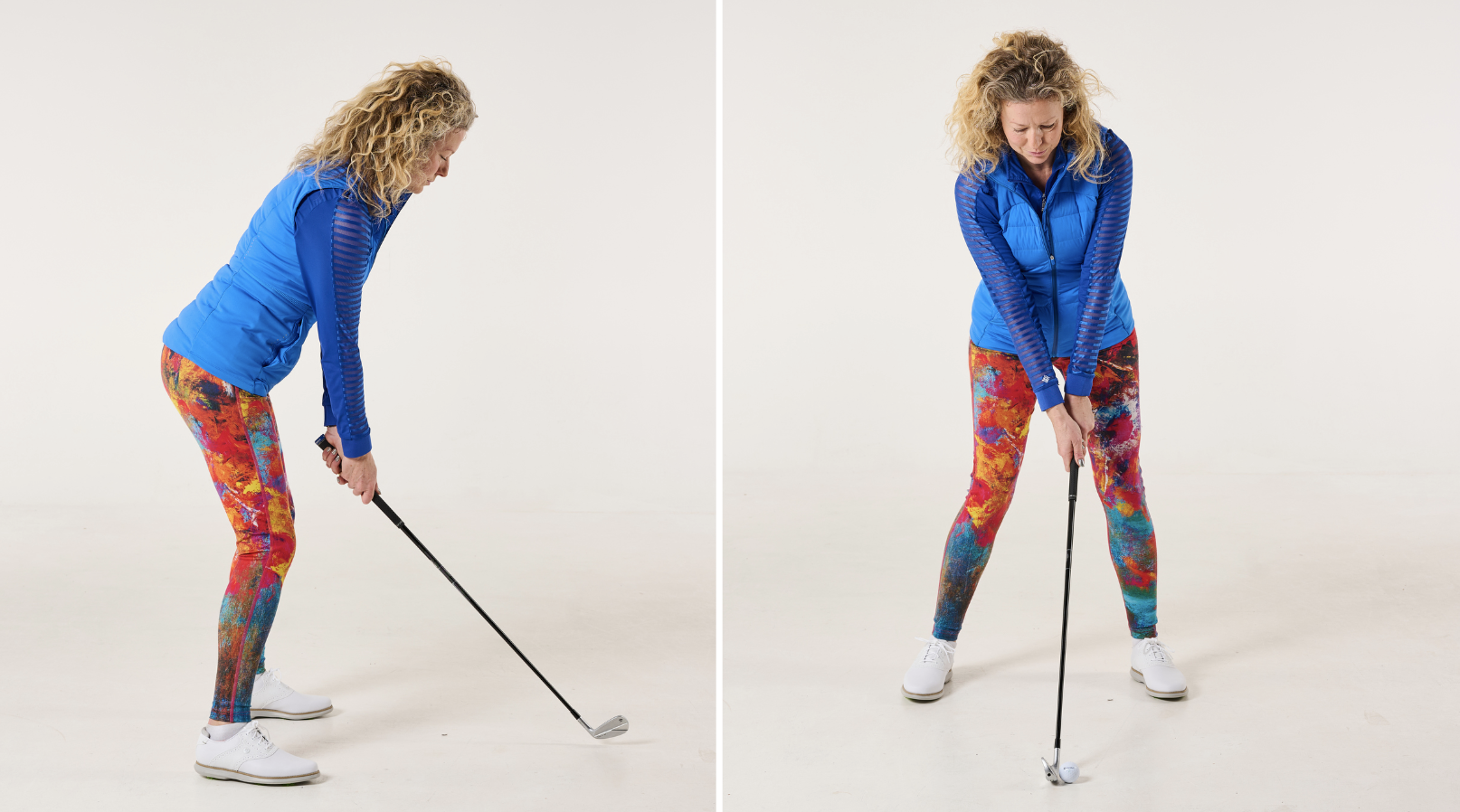
This is the perfect set-up for an iron shot
GRIP
I won't talk too much about the perfect golf grip, here, but what I will say is that we really want the club to be sitting in the fingers (bottom left image).
Think of the fingers almost like the spine of a book, with your palms being the front and back cover. This will stop you from getting too 'palmy' in the way you hold the club, and help to initiate really good wrist hinge.
Look what can happen when you've got the club in the wrong part of the hands (bottom right image) - my wrists haven’t set properly, and I’ve just lifted the club up with my arms.
There’s not a lot of body action going on here at all. In fact, it looks like I’m about to chop some wood!
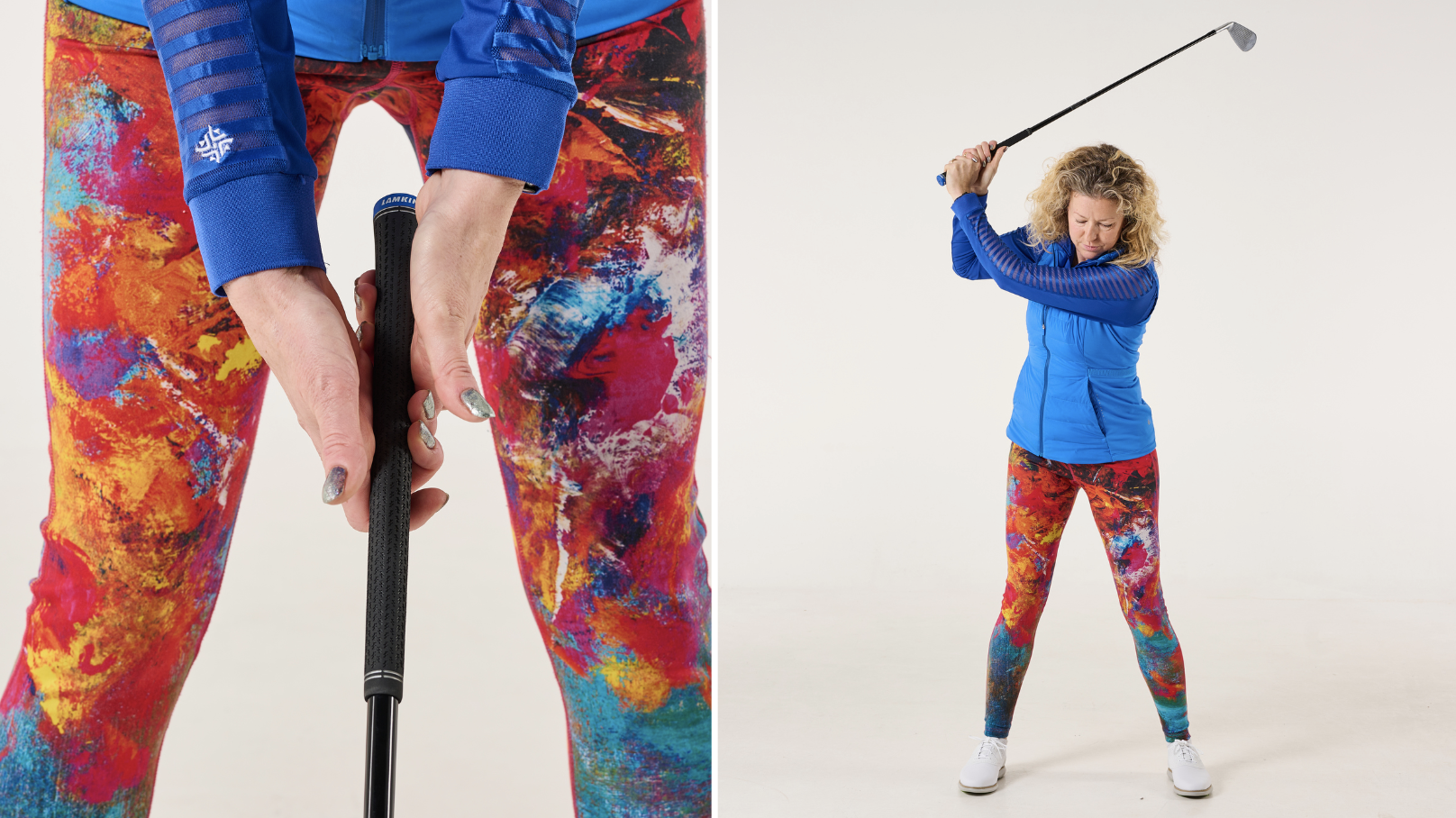
Getting the club more in the fingers will help you to stop making such a 'choppy' action
BACKSWING
This drill helps by promoting width and encouraging you to really engage your core when thinking about how to start the backswing. For anyone who tends to get a bit narrow and collapse the arms, this sock drill will help you to 'stretch' out and get the body more involved.
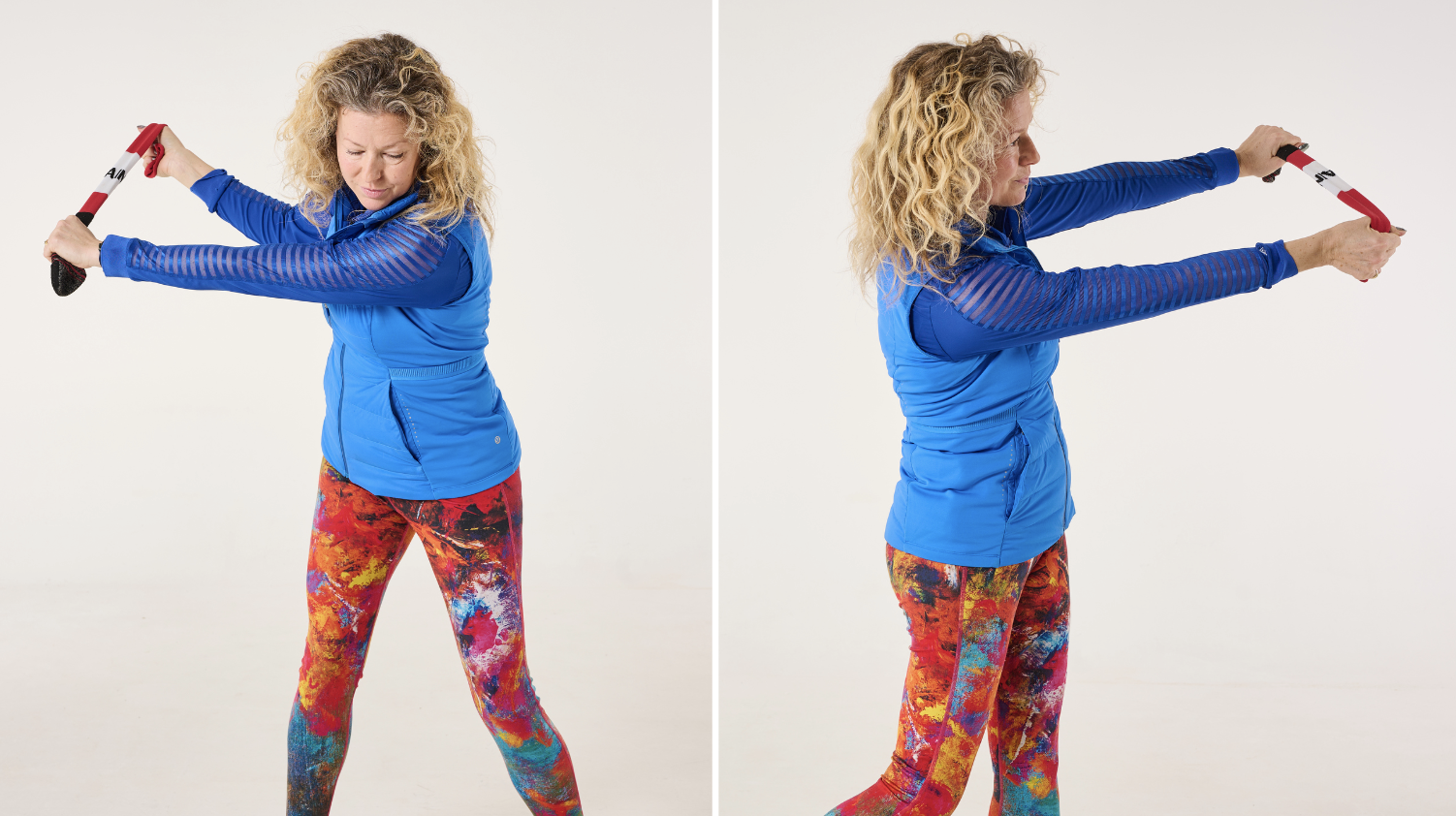
This sock drill will help you to develop a more efficient golf swing
STRIKE DRILLS
The thought process for a lot of golfers stops at the ball, which is why you see so many tops, thins, and hitting iron shots fat. A lot of club golfers almost put the handbrake on, because their focus is solely on the ball.
Before I strike an iron, I'll line up with something an inch in front of the ball. It might be a few stray blades of grass or a dead leaf. I think about 'collecting' this something as well as the ball when I play the shot.
It's not a case of looking at the leaf in front of my ball, but just having an awareness of it. Obviously you can't place something down in front of your ball, but you're not breaking any rules by having an awareness of something like a tiny clump of mud.

Having an awareness of something an inch in front of the ball can help the quality of your ball-striking
When you strike an iron, you're looking to hit the ball first and then the ground. This is one of the most widely used iron drills that will help you to get the desired strike. If you're guilty of swaying and scooping, I recommend practicing this on a regular basis.
Simply set the towel up just off the back foot, as pictured below. I'd encourage you to start off by hitting half shots with a 7-iron. The goal is to miss the towel. If you hit it, it's quite possible you were tilting back - which is the incorrect way to start the downswing. Your weight should in fact be moving towards the target.
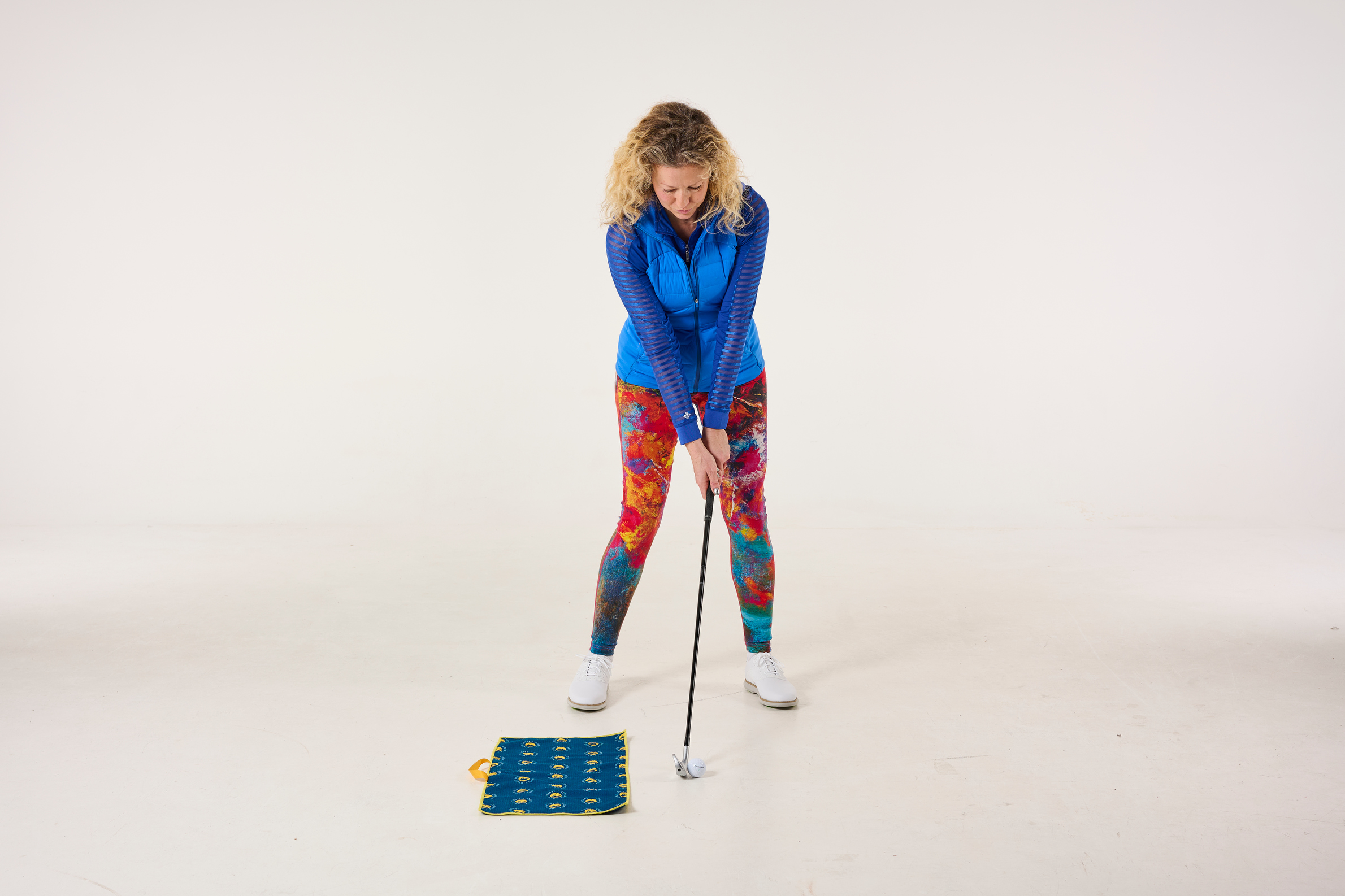
This drill will help if you’re not getting your weight into your lead side as you strike the ball
What should the ball position be for a mid-iron?
The ideal ball position with a mid-iron for a standard shot should be near the center/just forward of center of your stance.
How should I transfer my weight with an iron?
When you have turned to the top, your first thought should be to shift your right knee across towards the left as your start your downswing. As a result, your weight transfer will improve and help to move the low point of your swing arc forwards.
What should my stance width be for each iron?
Stance width will get narrower as you move down from long irons to short irons. You need a nice stable base for the wider swing arc a long iron requires, so position the feet just a fraction over shoulder-width apart with weight evenly distributed.
A handy rule of thumb for ball position with irons is ‘inches to iron number’ with reference to your left heel. So, with a 4-iron, for example, the ball should be four inches inside your left heel - further forward than with mid- and short irons.
What is the correct angle of attack for irons?
Good ball-striking requires a downward rather than upward angle of attack with the divot fractionally after the ball rather than before it.

Michael has been with Golf Monthly since 2008. A multimedia journalist, he has also worked for The Football Association, where he created content to support the England football team, The FA Cup, London 2012, and FA Women's Super League. As content editor at Foremost Golf, Michael worked closely with golf's biggest equipment manufacturers and has developed an in-depth knowledge of this side of the industry. He's a regular contributor, covering instruction, equipment, travel and feature content. Michael has interviewed many of the game's biggest stars, including seven World No.1s, and has attended and reported on numerous Major Championships and Ryder Cups around the world. He's a member of Formby Golf Club in Merseyside, UK.
- Katie DawkinsAdvanced PGA Professional and freelance contributor
You must confirm your public display name before commenting
Please logout and then login again, you will then be prompted to enter your display name.